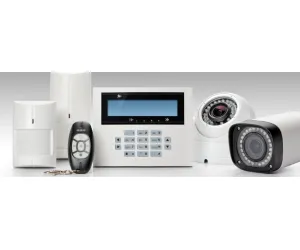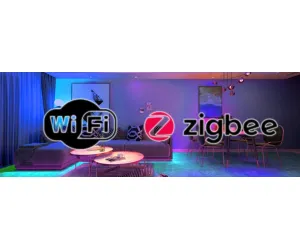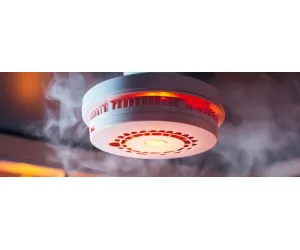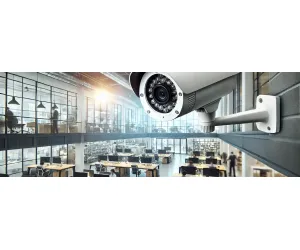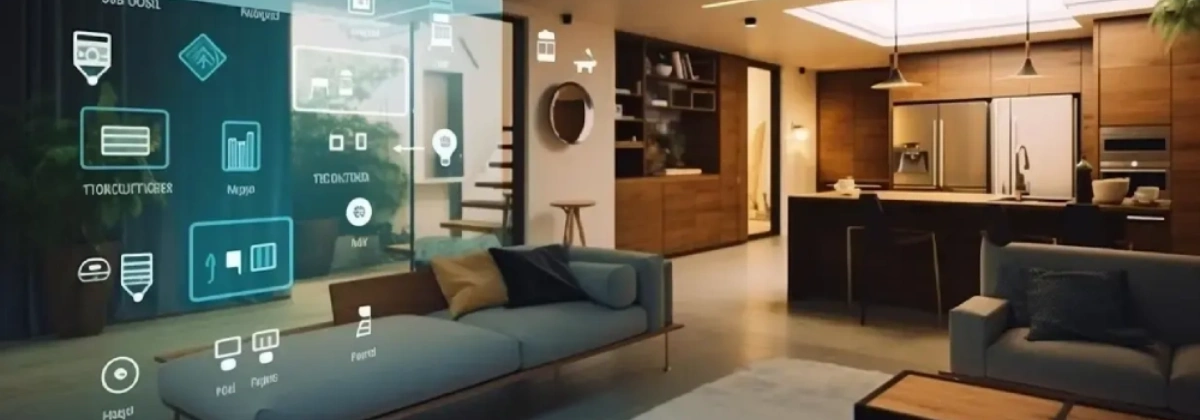
Introduction
In 2025, smart home security systems have become simpler and more effective. They protect your home with less effort and more intelligence. Here are the top technologies improving home security today.
1. AI-Powered Surveillance Systems
-
Cameras can tell the difference between people, animals, and objects.
-
They recognise faces and alert you if someone new appears.
-
AI can also detect unusual movements or behaviour.
2. Biometric Smart Locks
-
Use fingerprints, facial recognition, or retina scans instead of keys.
-
Control access through a mobile app.
-
Create temporary access codes for guests or workers.
3. Motion Sensors and Smart Lighting
-
Lights turn on automatically when movement is detected.
-
Sensors reduce false alarms by identifying people versus animals.
-
They can trigger alarms or send instant alerts to your phone.
4. Wireless Security Systems
-
Easy to install with no need for complex wiring.
-
Include sensors, detectors, and a central control hub.
-
Connect to your smartphone for full control anywhere.
5. Smart Video Doorbells
-
Feature HD cameras, two-way audio, and motion detection.
-
Let you see and talk to visitors from your phone.
-
AI helps identify familiar faces and send custom notifications.
6. Advanced Window and Door Sensors
-
Detect vibrations, glass breaks, or forced entry.
-
Send instant alerts or trigger sirens when tampering occurs.
7. Cloud-Based Monitoring and Storage
-
Store your footage safely online instead of local devices.
-
View live or saved videos from anywhere.
8. AI-Driven Intrusion Detection
-
Learns daily activity patterns in your home.
-
Alerts you to unusual events while reducing false alarms.
9. Smart Home Integration
-
Works with Alexa, Google Assistant, and Apple HomeKit.
-
Control your devices by voice or mobile app.
-
Set routines such as arming the system when leaving home.
10. Wi-Fi Sensing Technology
-
Detects motion by analysing Wi-Fi signal changes.
-
No extra sensors required — uses your existing Wi-Fi network.
11. DECT ULE Networks
-
A wireless standard built for smart homes.
-
Offers low energy use and strong, reliable communication.
12. Matter Compatibility
-
A universal smart home standard that lets devices from different brands work together.
-
Makes setup and control much easier.
13. Home Key Technology
-
Lets you unlock compatible doors with your iPhone or Apple Watch.
-
Uses secure NFC or ultra-wideband communication.
14. Adaptive Lighting for Security
-
Lights adjust brightness and colour automatically.
-
Create the illusion of someone being home to deter intruders.
15. Indoor Security Drones
-
Small drones patrol your home when triggered.
-
Capture footage from multiple angles for better coverage.
Final Thoughts
Smart home security in 2025 is smarter, faster, and easier to use.
By combining AI cameras, biometric locks, and smart sensors, you can protect your home day and night. Upgrade your system now to stay secure and connected.
FAQs
1. What’s the most important feature in a smart home security system?
Real-time alerts and monitoring are the most essential features for safety.
2. Are biometric smart locks safe from hacking?
Yes, they use strong encryption and secure authentication.
3. How does AI improve home security?
AI detects unusual behaviour and reduces false alarms.
4. Can I connect devices from different brands?
Yes, new standards like Matter allow cross-brand compatibility.
5. Do smart home systems need the internet?
Most do for remote access and cloud storage, though some offer limited offline features.
6. Are wireless systems better than wired ones?
Wireless systems are easier to install and move, while wired ones are more stable.



